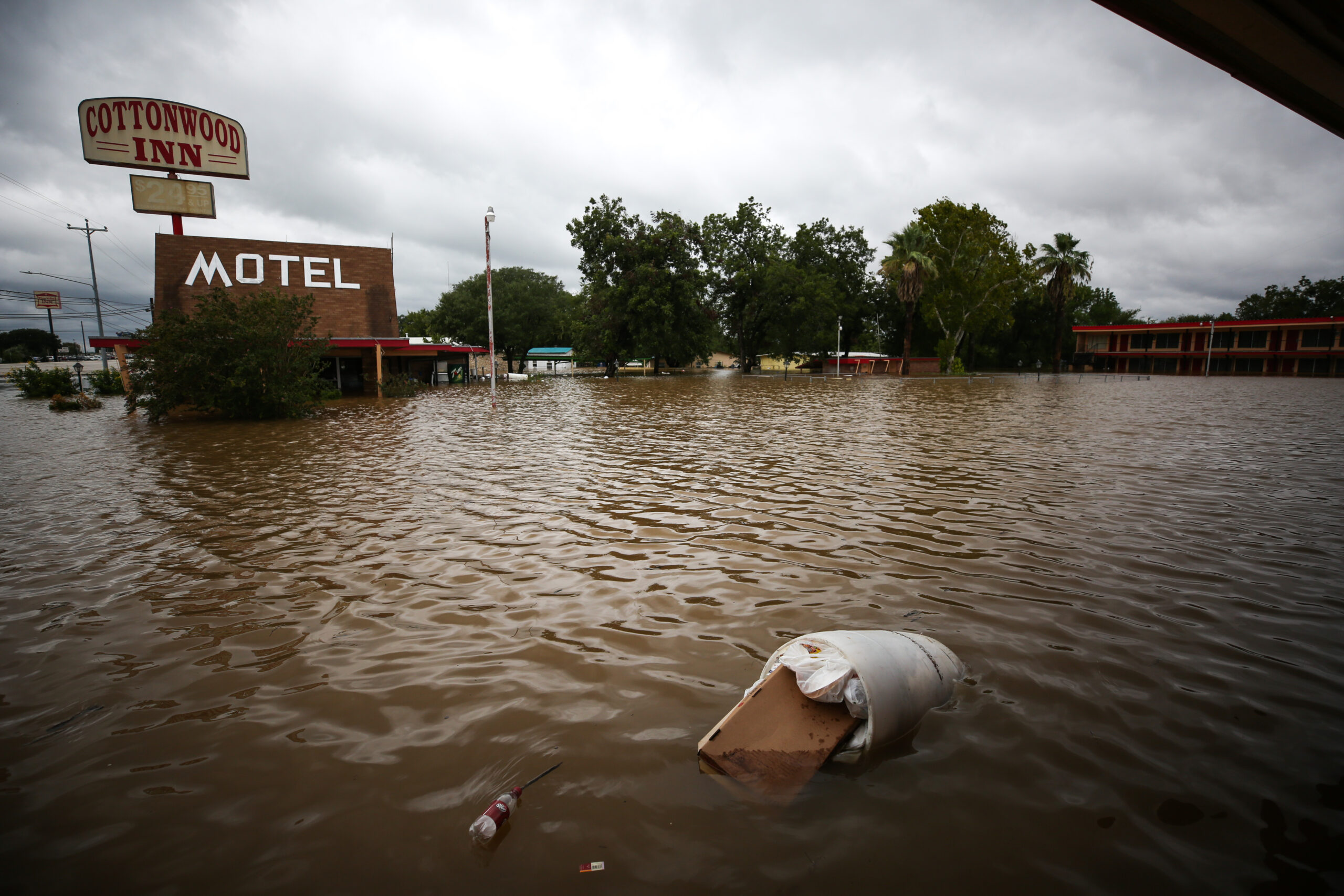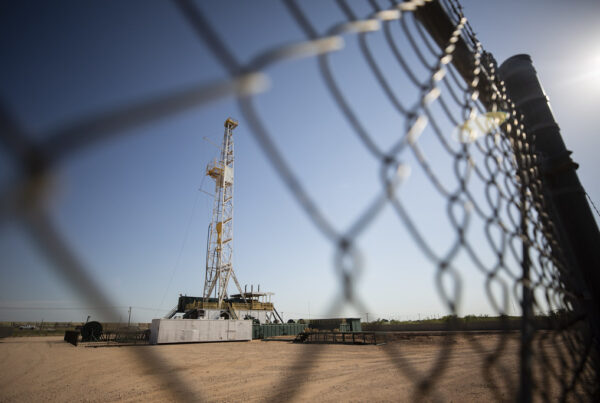For decades, scientists have been saying that the polar ice caps are melting due to rising global temperatures. And they’ve got the data to support that.
But a more immediate worry for Texans is the Gulf of Mexico, which scientists now say is warming at twice the speed of the rest of the oceans on earth.
Zhankun Wang, an oceanographer with the National Oceanic and Atmospheric Administration, joined the Standard to talk about the study and what it means for Texas coastal communities. Listen to the story above or read the transcript below.
This transcript has been edited lightly for clarity:
Texas Standard: What were your findings, and how long of a period of history does this data cover? What was your methodology?
Zhankun Wang: Okay. So to quantify the warming region in the Gulf of Mexico, we analyzed more than 192,000 temperature profiles collected from the 1950s to 2020 in the Gulf of Mexico. So that’s about 70 years of serious data.
This finding that the Gulf of Mexico is warming at twice the rate of the rest of the oceans on Earth … are you surprised by that finding?
Yeah, this sounds surprising, but that’s not a surprise to me because we already knew that the global ocean is warming and that the warming is not uniform. The Gulf of Mexico is just one of the areas that has a faster warming than the global ocean and twice the global rate is still in a reasonable range.
You say it’s still in the reasonable range?
Yes.
I think a lot of people are alarmed to hear that the Gulf is warming at twice the rate of other large bodies of water around the earth. You don’t sound terribly alarmed by this. Could you explain?
Sure. So the ocean is not uniformly warming at the same rate. Some parts of the ocean warm faster, and some parts warm slower. The Gulf of Mexico is a semi-enclosure. The loop current and the loop current eddies actually direct a huge amount of heat from the Caribbean Sea into the Gulf of Mexico. And because of the general tropical structure of the Gulf of Mexico, a lot of heat is starting to get inside it, causing the warming.
I see. So you have basically the flow of the water from the Caribbean Sea, if I understand it, entering an already warm body of water, which is the Gulf of Mexico. And that increases the temperature, from what I understand you’re saying. Is that right?
Yes, that’s correct.
Well, so what are the implications for Texas? How is that going to affect fishing, recreation, and the many industries along the Gulf?
Yeah, think about the consequence of the warming in the Gulf of Mexico. So one direct impact is a major causing of the sea level rise due to thermal expansion. So when the sea level rises, it can cause a lot of damage to the coastal communities, causing flooding to the wetlands on the coast and some other damages.
Does the warming affect the ecosystem, and to what extent?
Yeah, that’s for sure. So some limited studies already found that the ecosystem has been affected by the warming in the Gulf of Mexico – such as the coral reef, bluefin tuna and some other species. So because the water becomes warmer and warmer, the distribution of some species started to move northward in the Gulf of Mexico.
Do you have a sense of how this could affect Texas weather, as well?
One effect is intensified hurricanes, because hurricanes absorb heat from the ocean. So now that we have more heat starting in the ocean and ability to intensify hurricanes. So we might see more intensified hurricanes in the future.















